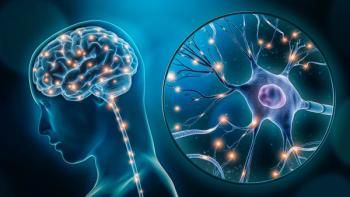
|Slideshows|August 17, 2020
5 Key Concepts in Cancer-Related PTSD
Author(s)Matthew J. Cordova, PhD
Are patients with cancer also vulnerable to PTSD?
Advertisement
Newsletter
Receive trusted psychiatric news, expert analysis, and clinical insights — subscribe today to support your practice and your patients.
Advertisement
Latest CME
Advertisement
Advertisement













